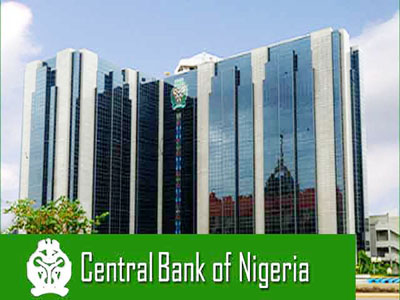
…this tension between the economy’s need for growth, and the monetary authority’s responsibility for holding prices down, points to a major central banking reform requirement. Without question, my vote is for central bank independence. This way, we ensure that monetary policy is not in hock to the fiscal side…
Today, the Central Bank of Nigeria’s (CBN) policy committee meets to reflect on the state of the economy and agree on the direction of monetary policy over the next two months. Despite the recent focus on the vicissitudes of the foreign exchange markets, the CBN’s main policy objective is to “ensure monetary and price stability”. So, it would matter how the Monetary Policy Committee (MPC) interprets the likely direction of domestic prices.
The National Bureau of Statistics (NBS) reports the headline consumer price index as rising by 17.24 percent (year-on-year) in April. This measure of domestic inflation rose (on a year-on-year basis) by 17.26 percent, 17.78 percent, and 18.72 percent respectively in March, February, and January this year. In terms, then, of the official numbers, domestic prices may, indeed, be softening this year, rendering the CBN’s policy task that much easier. If inflation is headed south, the MPC may legitimately hold off tinkering with any of its monetary policy levers.
But is inflation southward bound?
Anecdotal experience would argue in the negative. Prices of basic items appear to be rising daily. And one official measure of inflation supports this sentiment: the NBS’ measure of headline inflation has domestic prices rising by 1.60 percent between April and March. Between March and February, it was also up 1.72 percent. Thus, whatever the explanation for the subdued price movement on a year-on-year basis, month-on-month, domestic inflation remains a major policy worry. And this is before one includes the fact that at 17.26 percent, the headline inflation count might simply be too high, anyway.
Beyond inflation worries, though, there is the question of the fortunes of the larger economy. Indeed, one of the more powerful arguments against putting up the central bank’s benchmark rate to fight inflation is that in an economy that shrank over the four quarters to the end of December 2016, the consequences of putting up domestic interest rates might be worse than any benefits from lowering the rate at which prices rise. Policy makers ought therefore to be interested in how the economy performed over the January-March period: did gross domestic product (GDP) shrinking again? Or did the economy somehow find a forward gear?
…irrespective of where responsibilities for monetary goals and instruments lie, independence of a central bank has meaning only within the general context of its competence.
Incidentally, the NBS has scheduled the release of output numbers for the first quarter of the year, for tomorrow — a couple of hours before the MPC meeting ends. Given that the Statistician-General of the federation sits in an advisory role on the MPC, it is fair to hope that he would have given members insights into how the economy performed in the first quarter of this year in order that they may properly structure their policy responses.
Whatever the respective outcomes are, this tension between the economy’s need for growth, and the monetary authority’s responsibility for holding prices down, points to a major central banking reform requirement. Without question, my vote is for central bank independence. This way, we ensure that monetary policy is not in hock to the fiscal side and the latter’s religious focus on the four-yearly electoral cycle. However, this independence ought not to interfere with the fiscal authority’s responsibility for driving domestic growth and development — as it now appears to, each time the conversation around the options for the economy is riven between the seemingly irreconcilable desires for economic growth and low inflation.
A simple solution is to split the goal of lower inflation rates from the tools with which this goal is realised. Thus separated, it should be possible for a government to indicate the levels of inflation consistent with the output growth rates it would be aiming for while in office. After which, the whole point around the independence of the central bank will be about the instruments with which it intends to pursue this goal. This definition of central bank independence — especially the separation of “goal” and “instrument” independence — was pioneered in 1988 by New Zealand.
The U.K. adopted this model in May 1997, including a provision for the governor of the Bank of England to report to parliament any time inflation overshoots or undershoots the target set by the government. What this model does, is remove a key political variable from the policy mix that central banks must constantly consider. This way, central bankers are better able to address the design of a tool kit with which to address movements in domestic prices. Whatever the output numbers for the first quarter of this year turns out to be, this political choice would be the most burdensome of the decision mix that the members of the MPC would be saddled with in the next two days.
It should be the least of our worries though. For irrespective of where responsibilities for monetary goals and instruments lie, independence of a central bank has meaning only within the general context of its competence.
Uddin Ifeanyi, journalist manqué and retired civil servant, can be reached @IfeanyiUddin.
END

Be the first to comment